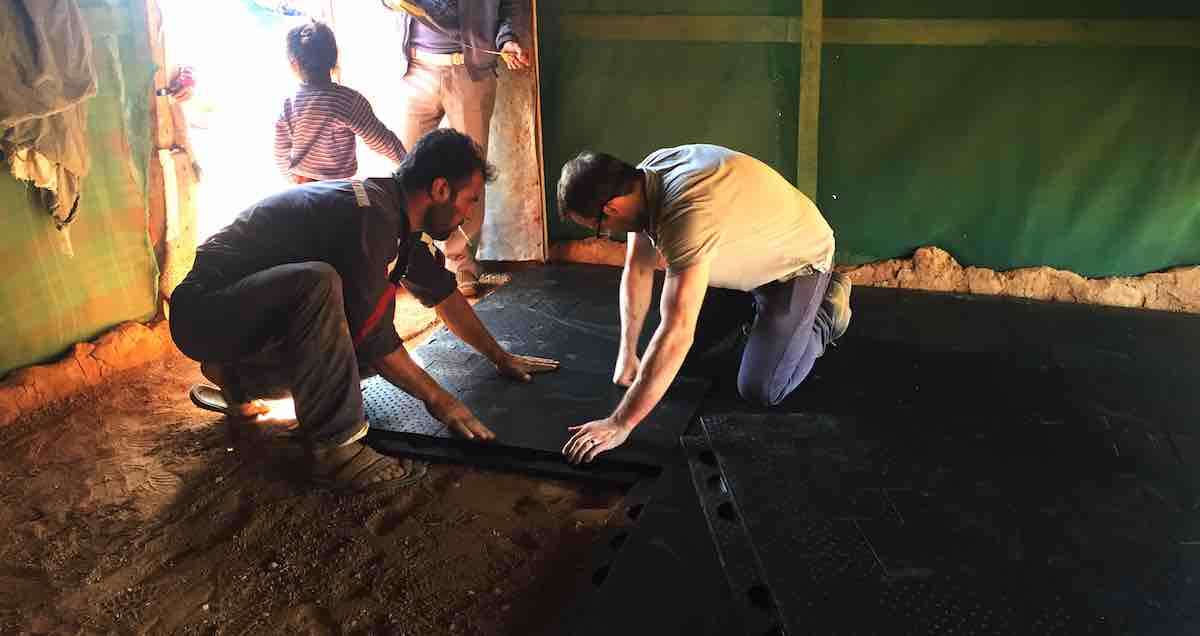North and South Korea Reportedly Prepare to Officially End Their 68-Year War
The official end of the war and military conflict between the two nations would also spell the end of the heavily-armed DMZ that separates Seoul and Pyeongchang.

Millions of refugees across the globe are forced to out of their homes due to natural disasters; but thankfully, there are plenty of people who are ready to help – like Scott Key.
During Scott's senior year at Auburn College, he recalls flipping through a book on Rural Studio, a humanitarian focused design/build program housed within the school's architecture department. The synthesis of professional skills and impact resonated with Scott as he grappled that year with what his life would look like post-college. Scott then decided to enroll in a graduate architecture program at Rice University a few years later so he could search for a way to fuse his passion and his vocation.
It was around this time that he learned about the deplorable conditions experienced by millions of refugees around the globe. In 2014, 38 million refugees fled conflict and natural phenomena. Upon further research, Scott learned that between 15-20 million of them still live in tents, essentially camping in terrible conditions for 12 to 17 years on average. Between that, and the general lack of innovation as it relates to shelters, Scott quickly realized he'd found his calling.
To relive unnecessary suffering for refugees living in shelters, Scott and classmate, Sam Brisendine created Emergency Floor: a flooring system that can be interlocked and combined in different ways to fit any kind of shelter.
The Emergency Floor, specifically, re-purposes shipping pallets, one of the most common materials to be found in temporary camps for refugees. This process ensures that people won't have to sleep on the ground and be exposed to cold soil and parasitic infections.
The Emergency Floor initiative, which received $2,500 from the Initiative for Houston grant program of the Rice Design Alliance, is the first project under Good Works studio, the social enterprise that Scott founded in Houston, Texas.
Good Works studio seeks to harness the power of good design and the economies of scale of mass production to introduce life-saving, dignity-bearing goods that have significant and measurable impact.
"No one should have to sleep in the dirt. We believe in the power of design to innovate, we believe we should be actively working to make the world a better place," Scott says.
Through its Fellowship program launched in 2012, The Global Good Fund invests in high potential leaders committed to social impact worldwide. It also created the 360 MIRROR – the first evidence-based leadership assessment for social entrepreneurs and CEOs.
Build Some Positivity: Click To Share The News With Your Friends
Be the first to comment